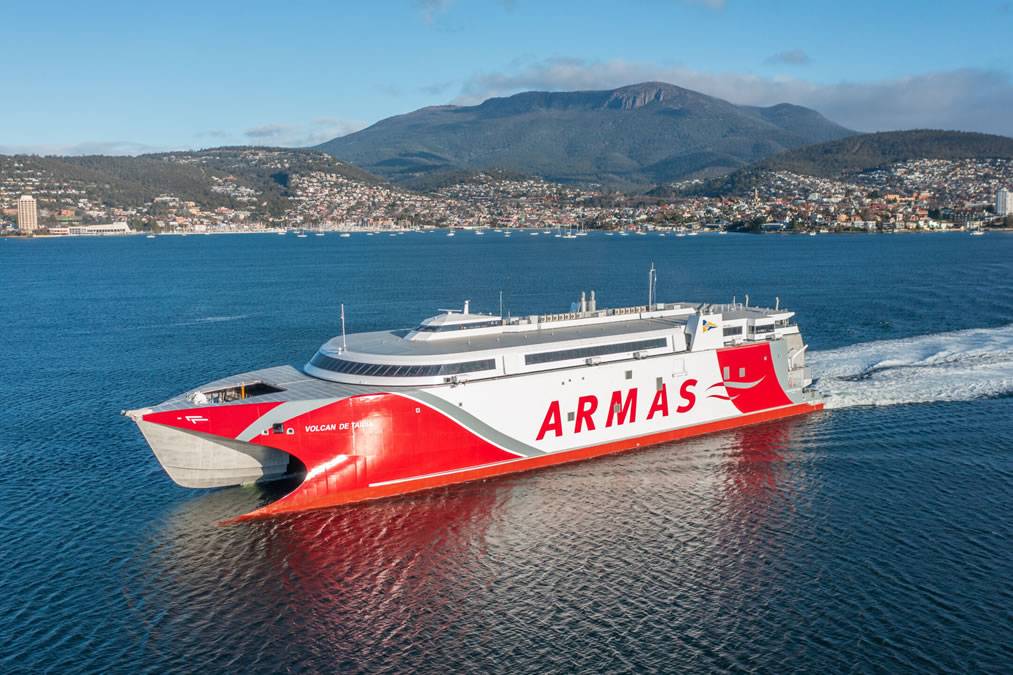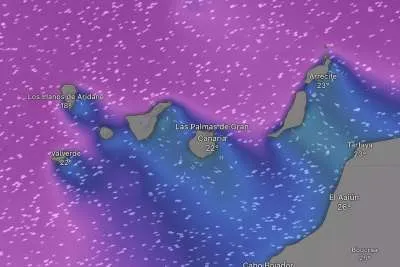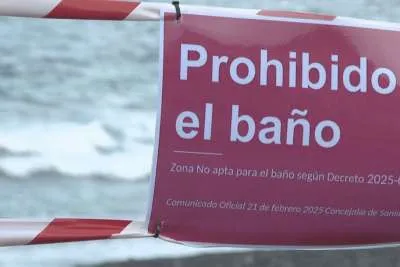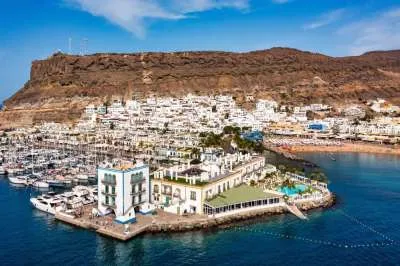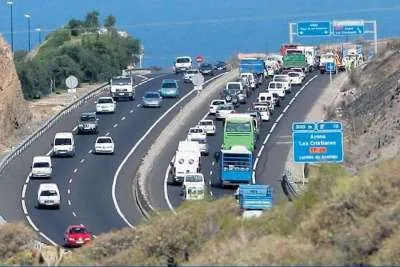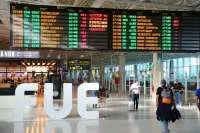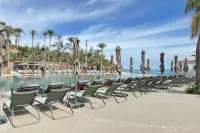Naviera Armas considers high-speed ferry route between Arguineguín and Los Cristianos
- 19-05-2025
- Gran Canaria
- Canarian Weekly
- Photo Credit: Naviera Arma
Naviera Armas is exploring the introduction of a high-speed maritime route between Arguineguín in Gran Canaria and Los Cristianos in the south of Tenerife, to establish a direct connection between the two most important tourist areas in the Canary Islands.
The proposed line is designed as a strategic alternative to the bottlenecks currently posed by the ports of Agaete and Las Palmas in Gran Canaria, which hinder inter-island mobility for both passenger and freight transport.
Although the idea is not new, Trasmediterránea considered it in 1994, circumstances have since changed dramatically. Mogán today is not what it was then, and southern Tenerife has grown into the leading sun-and-beach destination in the EU.
While ports like Granadilla and Mogán are already used for freight, Armas views the combination of infrastructure, proximity, tourist demand, and logistics as making Los Cristianos–Arguineguín the most profitable and viable option for a direct high-speed maritime link between the southern regions of the two islands
Preliminary projections suggest the route could generate over €15.5 million in annual ticket sales, creating a solid economic foundation for the ferry company and associated industries, including onboard catering, logistics, and travel agencies.
This initiative could have a multiplier effect on the tourism and service sectors in both areas, enabling local businesses to capture greater demand and develop higher-value travel packages. “The route could become a key economic driver for inter-island mobility, boosting business and employment on both islands,” Armas said in a press release. They also highlighted that most of the passengers would likely be non-residents, reflecting the heavy tourism footprint in the region.
With more than 10 million tourists visiting both islands annually, around 4 million international and 550,000 domestic tourists in Gran Canaria, and 6.2 million in Tenerife, the south-to-south corridor presents a larger market than the metropolitan area of Madrid.
Despite this, the region still lacks a direct maritime link, limiting the fluid movement of professionals, goods, and tourists. "We are talking about the opportunity to create real economies of scale in one of Europe’s most significant tourism zones. A tourist staying in Playa del Inglés or Costa Adeje should be able to travel between islands as easily as travelling between towns. At present, that’s not possible," Armas explained.
To make the project viable, Arguineguín port would need to be upgraded to accommodate Ro-Ro (roll-on/roll-off) vessels. Institutional support will also be required at local, island, and regional levels. Naviera Armas has confirmed a strong interest in leading the investment, provided the right administrative, regulatory, and operational conditions are in place.
“If the Canary Islands want to move towards a more integrated, competitive, and resilient economy, connectivity cannot rely solely on airports and two overstretched ports. Southern Gran Canaria also has extraordinary potential,” they said.
Naviera Armas has already commissioned a technical and demand study and is expected to submit a formal proposal to the Government of the Canary Islands and the relevant local councils in the coming weeks.
Other articles that may interest you...
Trending
Most Read Articles
Featured Videos
A Vision of Elvis Tenerife Promo
- 10-05-2025
Tenerife Travel Guide
- 13-12-2024
Live webcam from Lanzarote airport
- 13-12-2024


